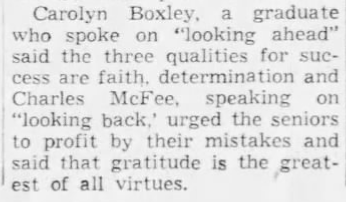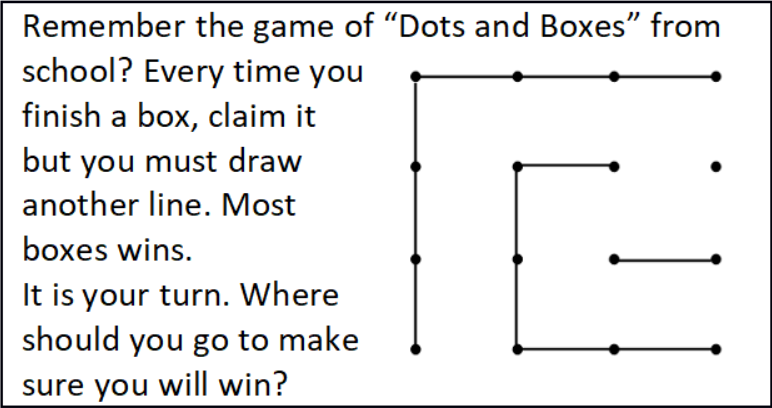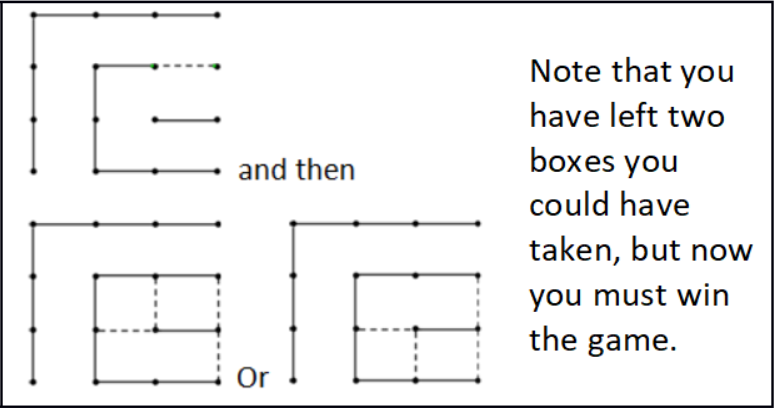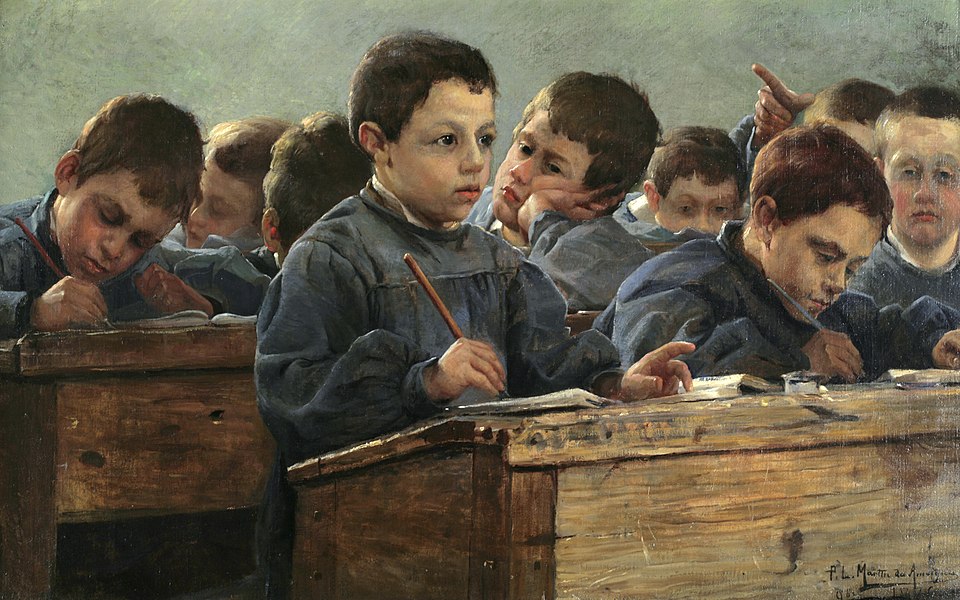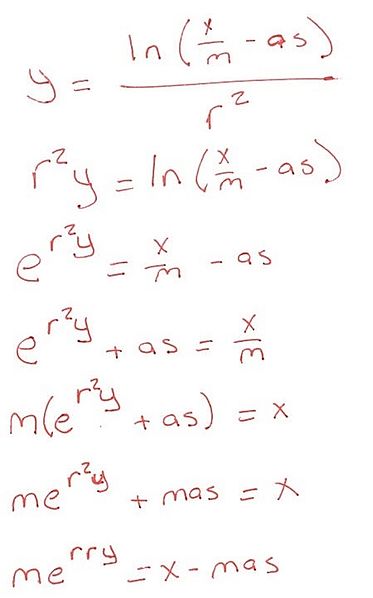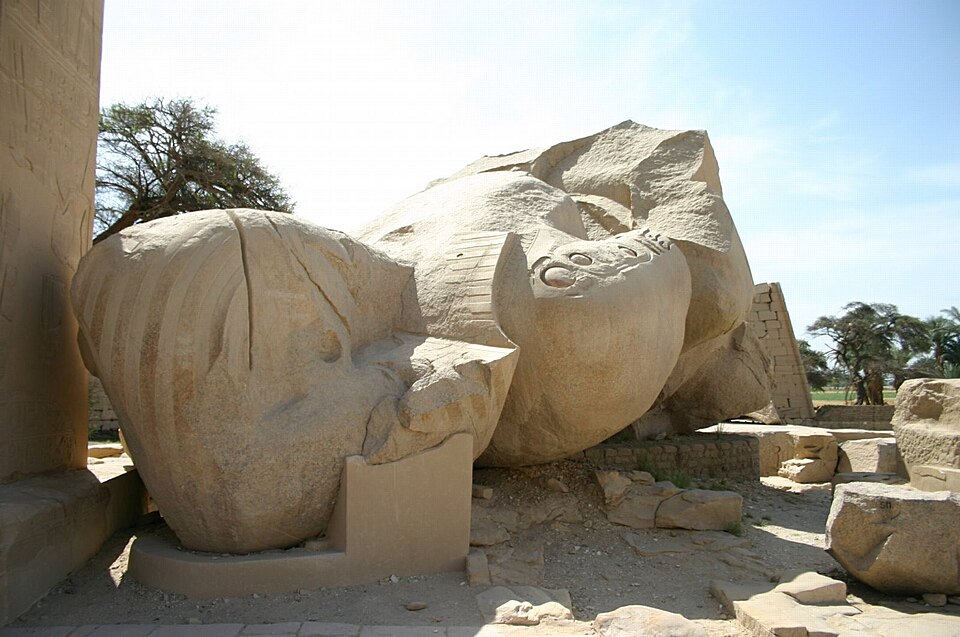|
It has long been known that …
|
I haven’t bothered to look up the original reference
|
|
… of great theoretical and practical importance
|
… interesting to me
|
|
While it has not been possible to provide definite answers to these questions …
|
The experiments didn’t work out, but I figured I could at least get a publication out of it
|
|
The W-Pb system was chosen as especially suitable to show the predicted behaviour …
|
The fellow in the next lab had some already made up
|
High-purity …
Very high purity …
Extremely high purity …
Super-purity …
Spectroscopically pure …
|
Composition unknown except for the exaggerated claims of the supplier
|
|
A fiducial reference line …
|
A scratch
|
|
Three of the samples were chosen for detailed study …
|
The results on the others didn’t make sense and were ignored
|
|
… accidentally strained during mounting
|
… dropped on the floor
|
|
… handled with extreme care throughout the experiments
|
… not dropped on the floor
|
|
Typical results are shown …
|
The best results are shown
|
|
Although some detail has been lost in reproduction, it is clear from the original micrograph that …
|
It is impossible to tell from the micrograph
|
|
Presumably at longer times …
|
I didn’t take time to find out
|
|
The agreement with the predicted curve is excellent
|
… fair
|
|
… good
|
… poor
|
|
… satisfactory
|
… doubtful
|
|
… fair
|
… imaginary
|
|
… as good as could be expected
|
… non-existent
|
|
These results will be reported at a later date
|
I might possibly get around to this sometime
|
|
The most reliable values are those of Jones
|
He was a student of mine
|
It is suggested that …
It is believed that …
It may be that …
|
I think
|
|
It is generally believed that …
|
A couple of other guys think so too
|
|
It might be argued that …
|
I have such a good answer to this objection that I shall now raise it
|
|
It is clear that much additional work will be required before a complete understanding …
|
I don’t understand it
|
|
Unfortunately, a quantitative theory to account for these effects has not been formulated
|
Neither does anybody else
|
|
Correct within an order of magnitude
|
Wrong
|
|
It is to be hoped that this work will stimulate further work in the field
|
This paper isn’t very good, but neither are any of the others in this miserable subject
|
|
Thanks are due to Joe Glotz for assistance with the experiments and to John Doe for valuable discussions
|
Glotz did the work and Doe explained what it meant
|
